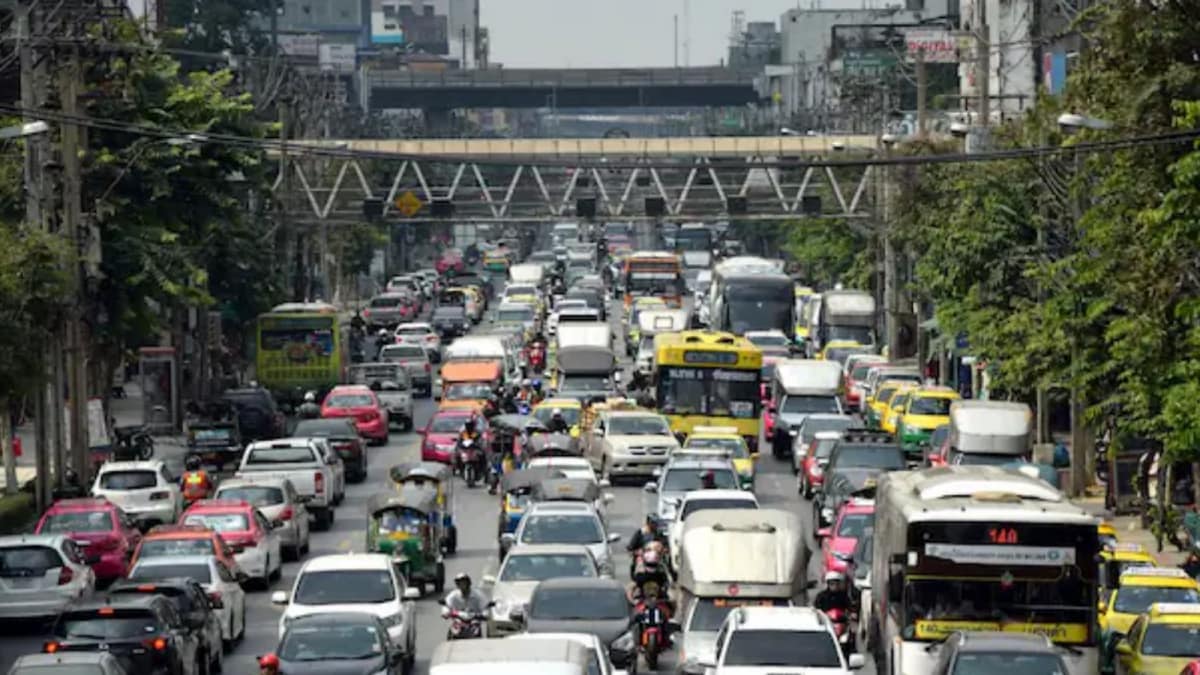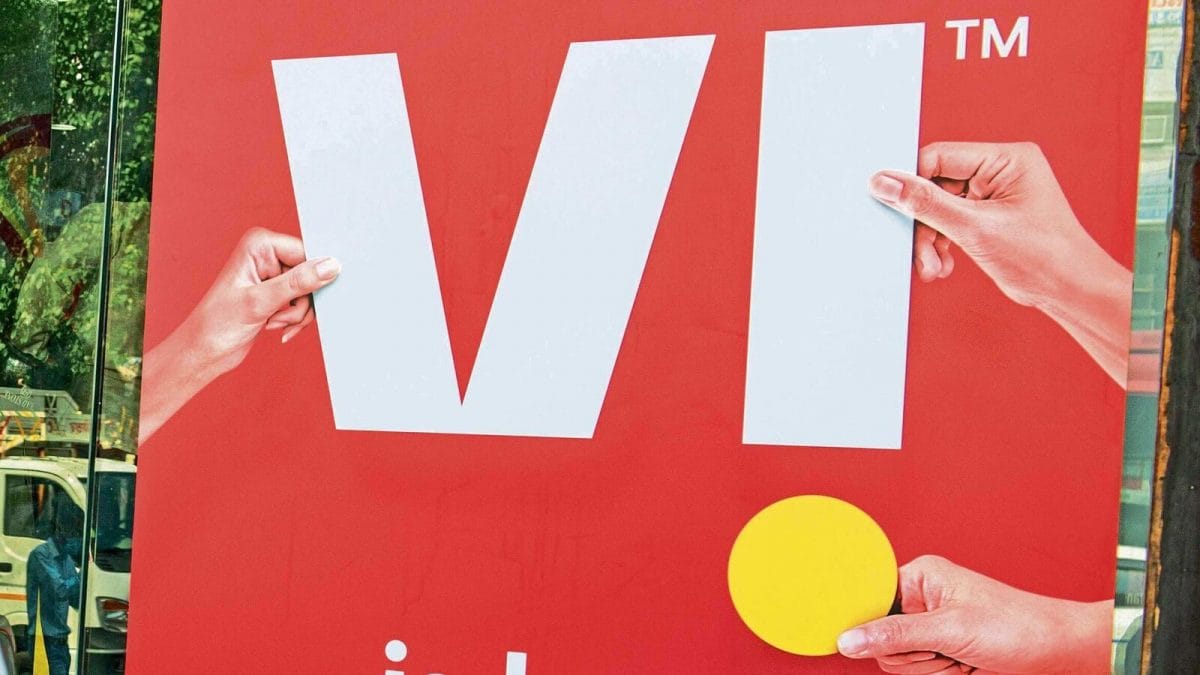Last Updated:
Maruti Suzuki led passenger vehicle exports with a 40 percent jump to 205763 units in April–September 2025.

India’s Passenger Vehicle Exports Rise 18% in April–September; Maruti, Hyundai Top Charts
The export of passenger vehicles jumped 18 per cent year-on-year during the April-September period to 4,45,884 units as compared to 3,76,679 units in the corresponding period of the previous fiscal year, according to the Siam (Society of Indian Automobile Manufacturers) data.
Passenger car exports rose 12% to 2,29,281 units during April–September 2025, compared to 2,05,091 units in the same period last year.
Utility vehicle exports saw a sharper 26% year-on-year increase to 2,11,373 units, while van shipments grew 36.5% to 5,230 units in the first half of the current fiscal.
Maruti Suzuki emerged as a leader in passenger vehicle export during the same period. Its exports jumped 40% to 2,05,763 units in April–September 2025, compared to 1,47,063 units a year earlier.
Hyundai Motor India followed with 99,540 units, marking a 17% rise from 84,900 units in the same period last year.
Nissan Motor India exported 37,605 units, up from 33,059 units a year ago. Volkswagen India shipped 28,011 units, followed by Toyota Kirloskar Motor at 18,880 units, Kia India at 13,666 units, and Honda Cars India at 13,243 units.
GST Rationalisation On Automobile
The government has slashed taxes on smaller vehicles from 28% to 18%. However, the GST rates have also been rationalised for luxury cars, SUVs and high-end motorbikes to 40%, compared with 28% GST (plus 17-22% compensation cess) earlier. The GST rates became effective from September 22, 2025.
Petrol, CNG and LPG cars with engine capacity up to 1200cc and length up to 4000 mm will now attract 18% GST, lower from the earlier 28%. Diesel cars with engine capacity up to 1500cc and length up to 4000 mm also get the lower 18% GST rate.
It means that popular hatchbacks and compact sedans, including Maruti Swift, Hyundai i20, Tata Altroz, and Honda Amaze, might become more affordable.
Cars with engine capacity above 1200cc (petrol/CNG/LPG) or above 1500cc (diesel) or length more than 4000 mm will now attract a 40% GST, as compared with 28% (plus 17%-22% compensation cess) earlier. It means that the tax on such vehicles has been reduced to 40%, compared with 45%-50%.
It covers bigger sedans, premium SUVs, and imported models. Customers looking at vehicles like Toyota Fortuner, Mahindra XUV700 (higher variants), or imported luxury sedans stand to gain, from September 22.
(With PTI Inputs)

Varun Yadav is a Sub Editor at News18 Business Digital. He writes articles on markets, personal finance, technology, and more. He completed his post-graduation diploma in English Journalism from the Indian Inst…Read More
Varun Yadav is a Sub Editor at News18 Business Digital. He writes articles on markets, personal finance, technology, and more. He completed his post-graduation diploma in English Journalism from the Indian Inst… Read More
October 26, 2025, 15:11 IST
Read More







